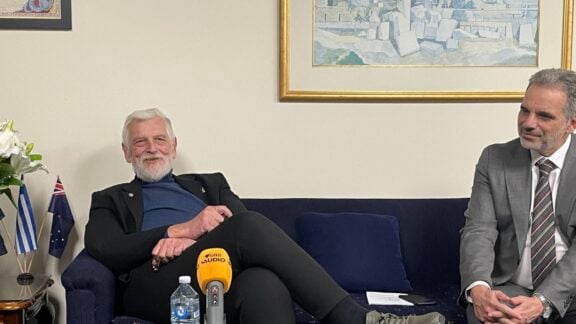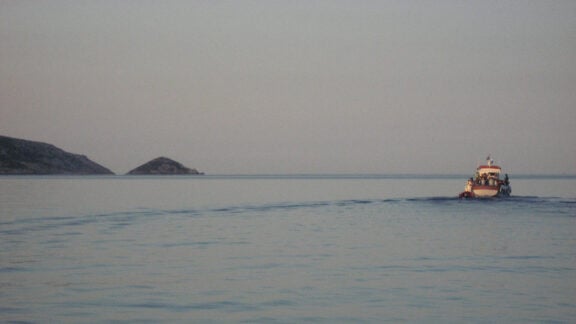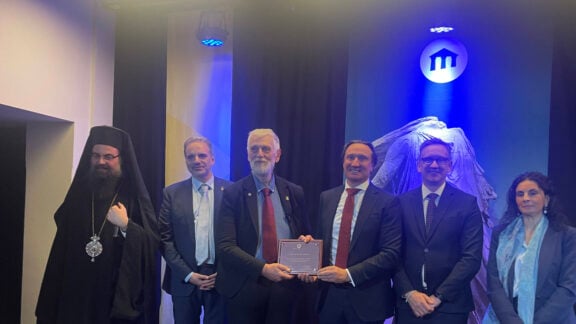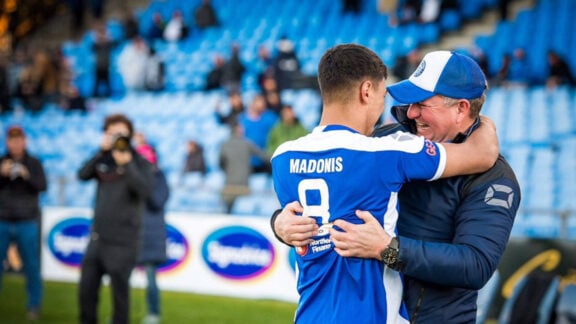The Federal Government’s battle plan to tackle the coronavirus pandemic includes aggressive measures in many sectors, however stops short of school closures.
Australia’s Prime Minister Scott Morrison told the nation on Wednesday that “whatever we do, we have to do for at least six months” and there’s “a national public interest to keep the schools open”. For this reason, while gatherings of 100 people were banned indoors, it was found that “pre-emptive closures (of schools) are not proportionate or effective as a public health intervention to prevent community transmission” of coronavirus. At least that was the conclusion reached following the consultations of the Australian Health Protection Principal Committee (AHPPC), the key decision-making committee for health emergencies, manned by some of Australia’s brightest medical minds and chaired by Chief Medical Officer Dr Brendan Murphy.
School shutdowns were found to be “anti-intuitive” for a number of reasons, including the fact that children lie in a low-risk category as asymptomatic carriers or have mild disease. “When you take children out of schools and put them back in the broader community, the ability for them to potentially engage with others increases that risk,” Mr Morrison said, echoing the belief that students would congregate elsewhere (eg malls, other students’ homes, etc) exponentially raising the risk. “The other issue is the disruption impact that can have and put at great risk the availability of critical workers such as nurses and doctors and others who are essential in the community because they would have to remain home and look after their children.”
Victoria’s Health Minister Jenny Mikakos points to the case of northern Italy where the health system is overriden with patients and unable to cope and explores the epidemiology of the virus, where children don’t get very sick from it. “If schools close, many of these children will have to stay with grandparents, and it may well be the case that the children will transmit the virus to them and they may become significantly sick […] For the elderly, it will potentially be a life-threatening illness.”
The Australian government is pointing to Singapore as a “gold standard” for coronavirus where schools stay open and life goes on as normal, with modifications added as needed.
Ms Mikakos told Neos Kosmos that she coincidentally visited Singapore, a nation impacted by the SARS epidemic years ago, in December. “I was very impressed when I visited their National Centre for Disease Control,” she said. “I think that the society there is very aware and responsive to the risk of a pandemic. Every country is making its own decisions but we have be very mindful of our experts advice.”
Ms Mikakos points to the need for social distancing and good hand hygiene as well as other practical measures to control the virus.
READ MORE: Scott Morrison unveils his coronavirus battle plan: no lockdown, looking for long-term solution
Despite Mr Morrison’s reassurances, private schools are shutting down in the face of rising absenteeism. Oakleigh Grammar Principal Mark Robertson reports plummeting attendance rates as parents “exercise their right” to keep their children home despite Mr Morrison’s reassurances. Having an online system of learning in place, the school of 800 decided to partially shut down on Wednesday and suspend operations on Thursday.
Mr Robertson told Neos Kosmos that it “was difficult” for the school to continue to operate while adhering to the government’s advice about social distancing.
While the school has not had a student or a staff member test positive for Covid-19, he said that staff had been working around the clock to prepare for a possible shutdown with its online system being put to the crash test in the last week before school holidays from 23 March. The remote program will allow students to continue lessons while ensuring they are not at risk of infection.
“Our community’s wellbeing and our student’s learning continue to be at the core of this decision,” he said, adding that it is a decision supported by the majority however concerns single parents the most. One-parent homes with young children are the most vulnerable when it comes to school closures.
READ MORE: Opinion: Coronavirus, faith and Orthodoxy
St John’s College at Preston is taking a different approach and is staying open, noting only a small rise in absences at 5 per cent higher than normal. “Our school has done a thorough risk assessment and we’ve looked at measures to reduce the risk of transmission,” Principal Anna Urban told Neos Kosmos, pointing to the laminated handwashing signs, the closure of assemblies, cancellation of liturgies, excursion and other practices. “The first thing is making sure that anyone who is unwell stays away.”
Even though a small school of 250 students with relatively small class sizes, the school is looking at contingency plans and ensuring teachers know how to use the online component that will swing into action when necessary. “Before that, we have to make sure that our online learning is child-safe,” she said, hoping however that the school will remain open.
“We recognise the profound impact school closure has on families,” she said. “Parents have to stay home, and can’t go to work. We have to stay open. And it is my view too that socially it is better for students to stay at school. But if the risk becomes too great, and we can’t control the risk, then we will close.”









